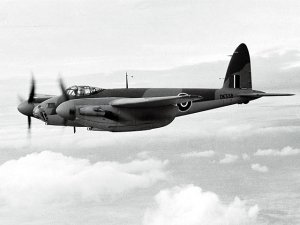Asking about favorite era's for equipment I find myself going all philosophical. I started skiing in 1970 (trying to influence a young lady who's parents were on the WP ski patrol that I was OK...impressing the young lady...0...falling in love with skiing 100!) another hook for me was the wonderful array of technology, cool and interesting skis, boots, bindings. Cars EXPENSIVE ski equipment not so much. But a 19 year old me had to reach deep for the joy of owning the cool piece of hardware that caught my fancy. The really snap to reality was I didn't have the skills to tackle that cool equipment, what that means to me, is that instead of me being able to report how much I liked that ski or boot often the equipment found me wanting. My first ski that I bought for myself a 205 Fisher Imperator, Look Nevada bindings, and Lange Comp boots. To boil this down to a reality check that equipment kicked my ****. OK wake up call, which by then I was working in skis shops (Andel's Pro Shop, and later Jerry Jolly's...Denverites do these names ring bells?). Being 19 or 20 years of age and spending my time learning about the reality of the hardware we mounted, tuned, and sold I started being able to both grow as a skier and have a better feel for equipment compatible with me.
So era's that ring true to me...that early experience in those ski shops and seeing things like the original Hexcel Comp (funny cracked edges in the very tip that lasted just the first year), Olin MK II VCE, Dynamic VR 17 or the Colorado built VR 70s, Head XR-1s HRPs, K2-4 Comps, Dynastar S40 and MV2. Lange, Nordica, Raichle, Scott, Hanson (Jolly was one of the first to handle the Hanson ski boot, and I got some Internationals, as me about hot wax injecting a boot) To me it was like working at an exotic car dealership. Every weekend a demo ski was on my feet, growing as a rate I couldn't understand at the time. So this time is golden to me...as a mater of fact I have a 195 set of Hexcel Comps down stairs that I'm going to install modern bindings on and enjoy.
Enough for now...but my freestyle coaching years...RBL, THE, K2 Spademan fun times and equipment re-inventing it's self to match the freestyle ethic.
 . That was a very good time to be a practicing ski bum worshiping at Ullr's alter.
. That was a very good time to be a practicing ski bum worshiping at Ullr's alter.


